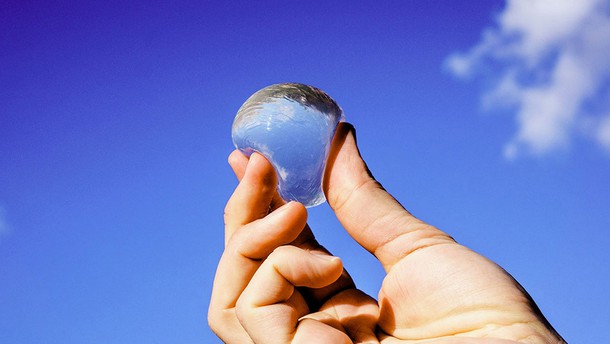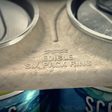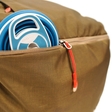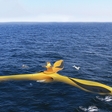
Humans have a bit of a problem drinking enormous amounts of water from plastic bottles, even though it's been proven countless times that they are bad for your health and bad for your environment. Now, what if we told you there is something way cooler to protect environment from plastic wastes than reusable bottles? How about we tell you it is possible now to create a special biodegradable membrane that is able to hold water? And that's not all - you can actually eat the entire membrane, making this innovation as eco-friendly as it gets! So, does this mean the times of non-degradable plastic bottles are finally over?
The same kind of membrane is in fact already used in gastronomy today. To shape liquids into spheres (resembling caviar in both appearance and texture) a process called spherification was developed in 1946. After Spanish chef Ferrán Adria introduced the process at his restaurant elBulli in the 1990s, spherification became a popular culinary technique within the molecular gastronomy movement. According to culinaryphysics.blogspot.com, "Culinary Physics or molecular gastronomy is a subdiscipline of food science that seeks to investigate, explain and make practical use of the physical and chemical transformations of ingredients that occur while cooking, as well as the social, artistic and technical components of culinary and gastronomic phenomena in general."
To create your own edible water container, you need calcium chloride and alginic acid E400, also called alginate, refined from brown seaweeds. Because it absorbs water very quickly, it's often used for waterproofing and fireproofing fabrics, as a gelling agent, or for thickening drinks and ice cream. When the two compounds combine, a membrane that holds water much like it is with egg yolk, is created. There is one major problem with the membrane as a container, though: durability. It is way to simple to poke it through or bite it, which is hardly the case with plastic bottles.
So, the next step is to make the edible packaging more durable. Trying to find a solution to this problem is the Skipping Rocks Lab, which is currently working on their edible water blob, called Ooho!. Almost there, guys, good luck!



